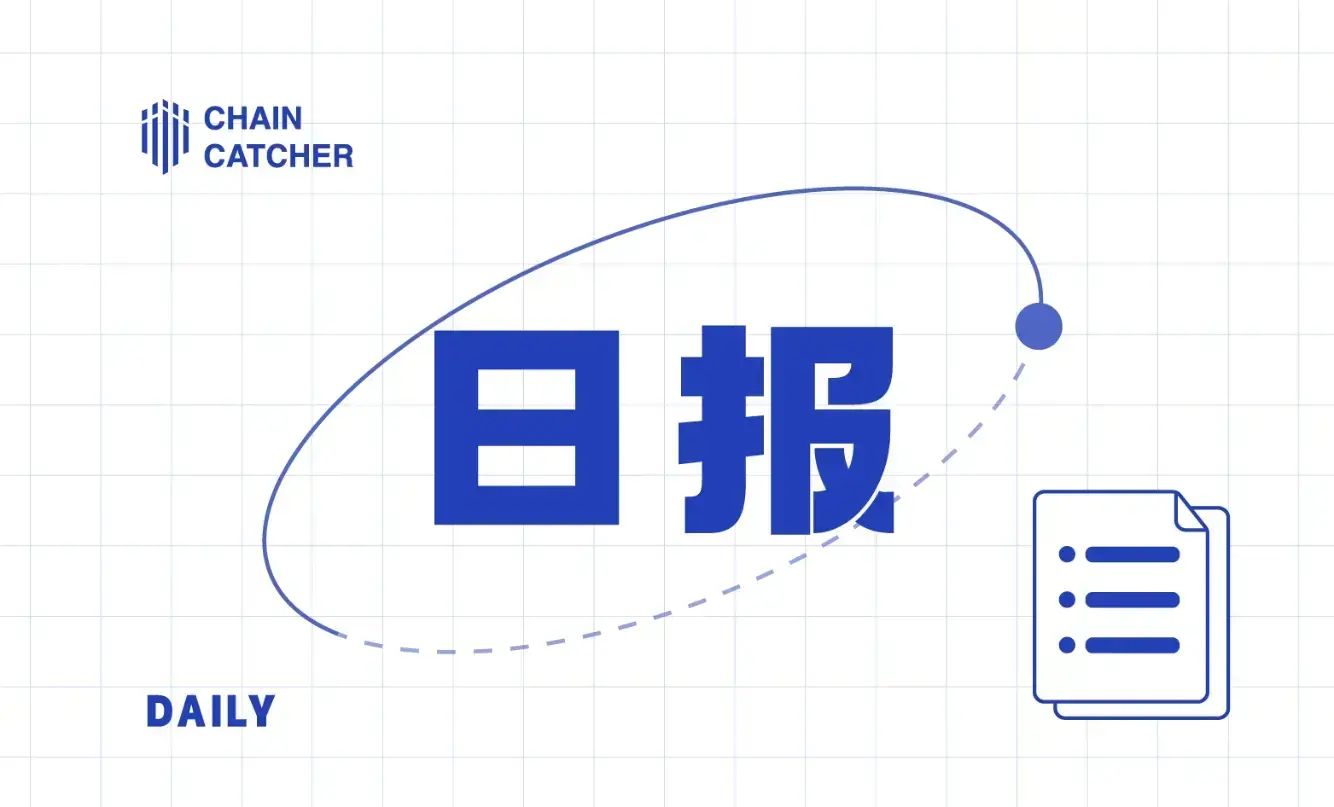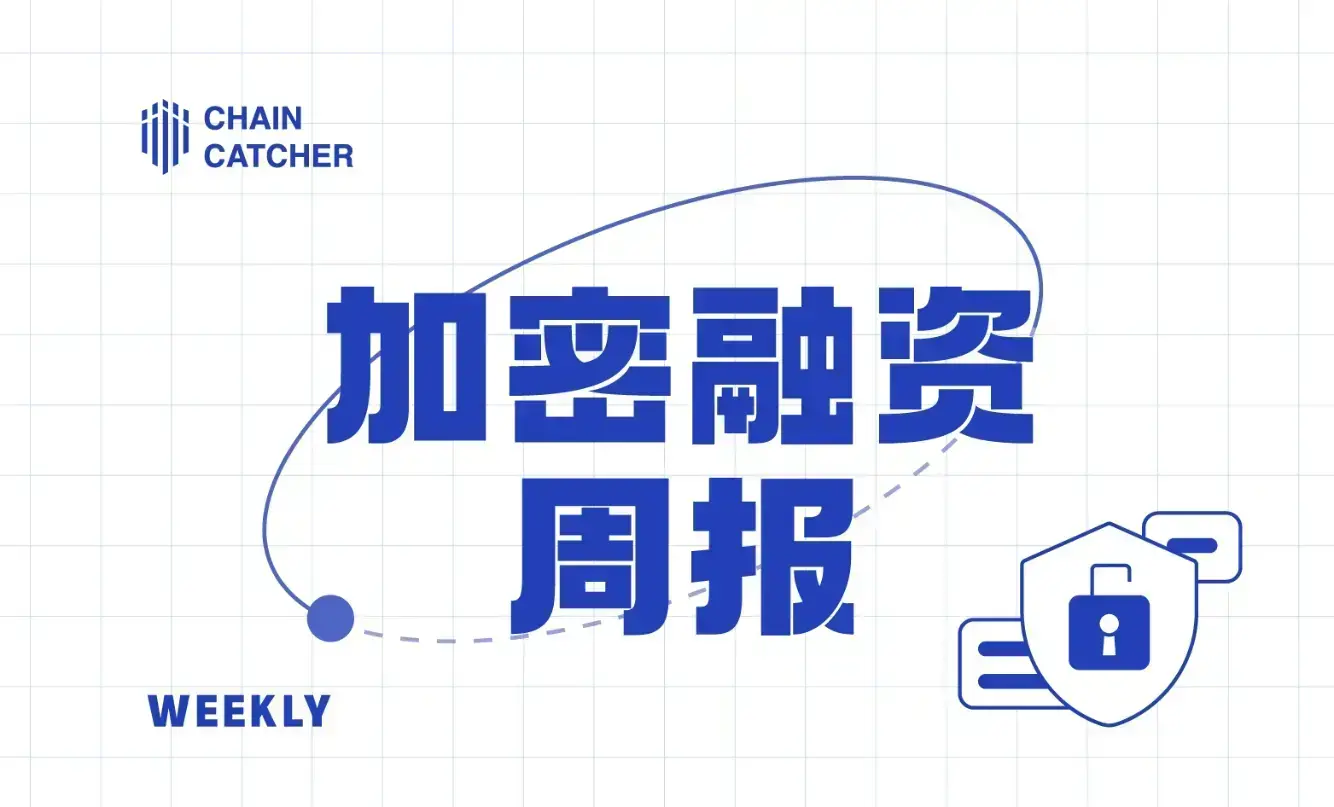The ecological prototype is taking shape. What are the highlights one month after the highly anticipated super parallel computer Arweave AO was released?

Since the super parallel computer AO announced the launch of its testnet on February 27, it has attracted significant market attention. The price of AR has also surged three times against the market downturn, reaching a high of $47.5 during this period, achieving nearly a 13-fold increase from last year's bear market bottom. Following the launch of AO, some have begun to refer to Arweave as the "Ethereum killer," while others define it as the computational layer for AI. It is foreseeable that Arweave AO may change the direction of the future cryptocurrency world.
Meanwhile, within three and a half weeks after the release of AO, over 3,000 developers have joined the Arweave ecosystem to participate in its construction, leading to a surge of AO applications that continue to grow. To gain a comprehensive understanding of the recent developments of AO, this article will focus on reviewing the progress made in the month since AO's release from the perspectives of the AO network overview, ecosystem projects, and key events.
AO Introduction
The AO computer is an actor-oriented machine that arises from a network of nodes adhering to its core data protocol, operating on the Arweave network. This document briefly introduces the protocol, its functions, and technical details so that builders can create new implementations and services that integrate with it.
The AO computer is a single, unified computing environment (Single System Image), hosted on a set of heterogeneous nodes within a distributed network. AO aims to provide an environment where any number of parallel processes can reside and coordinate through an open messaging layer. This messaging standard connects the independently running processes of machines into a "network," much like how websites run on independent servers but are connected into a cohesive whole through hyperlinks.
------《AO Cookbook》
To understand AO more intuitively, we can use a simple example and compare it with the Ethereum EVM.
Suppose there is a task that requires calculating the sum of all integers from 1 to 100.
- For AO: The task can be assigned to different node computers to execute independently and then collaborate through the AO network. For example, the task of calculating the sum from 1 to 50 is assigned to Node 1, while the task of calculating the sum from 51 to 100 is assigned to Node 2.
- For Ethereum EVM: Each node must execute the same computation process, which is to calculate the sum of all integers from 1 to 100. This not only leads to computational redundancy, but even if some nodes have completed the computation, they still have to wait for others to finish before proceeding to the next task.
This illustrates the imaginative space brought by the super parallel computer. To further understand AO, let's delve into some important concepts related to AO:
- Messages ------ The basic data protocol unit in AO (interaction medium), compliant with Arweave's native ANS-104 data standard.
- Processes ------ Responsible for receiving and sending messages, with communication occurring through the transmission of messages between different processes.
- Units ------ Messenger Unit (MU), Scheduler Unit (SU), and Compute Unit (CU).
- AOS ------ The operating system on AO, allowing developers to easily write code and interact with other AO processes.
For more information on the architecture, operating principles, and development guidelines of AO, please refer to the AO Cookbook.
AO Network Overview

Since the launch of the super parallel computing AO testnet, it has maintained an active state, reaching 1,000,000 messages on the sixth day after its release. The message volume has steadily increased, reaching 11,000,000 messages on AO's "full moon" day.
At the same time, the number of active developers in the AO network has reached over 2,000 in a single day, with more than one-third of the time maintaining over 500 active developers.
Overview of AO Ecosystem Projects
➡️ Labs Organization: Forward Research, everVision, Community Labs

Forward Research, everVision, and Community Labs are all well-established leading companies in the Arweave ecosystem. Among them, Forward Research was officially established during the Arweave in Asia event in 2022, with Arweave founder Sam serving as CEO, focusing on incubating and supporting new ecosystem projects.
everVision is a company focused on providing infrastructure for Web3, having launched multiple products ------ everPay, Permaswap, and Web3Infra, and initiated the PermaDAO organization, building a complete community-driven financial ecosystem.
Community Labs is a software development company and venture capital studio aimed at helping developers seamlessly enter Arweave to increase the ecosystem's impact, with products including Arconnect, Protocol.Land, and Astro Protocol.
➡️ Infrastructure

- everPay: Millisecond-level, 0 gas cross-chain payment protocol
everPay is a financial protocol built on the SCP paradigm, offering performance and user experience comparable to Web2 applications, with very smooth operations. After the launch of AO, everPay plans to adjust its components to the AO MSG standard to achieve complete decentralization, permissionless access, and censorship resistance. As a result, anyone can easily access everPay through the AO network using EverID to complete asset transactions.
- 0rbit: AO-based oracle
0rbit is a decentralized oracle built on AO within the Arweave ecosystem, transmitting any data from on-chain and off-chain worlds into AO threads, allowing users to retrieve any data from any URL.
0rbit quickly launched a new POST feature, supporting the publication of any data from AO threads to the off-chain world. Additionally, 0rbit issued its test token $0RBT, which is now available on the decentralized exchange Bark, and can be converted to the native token after the mainnet launch. To obtain $0RBT, users can exchange it with $CRED on Bark or complete bounty tasks released by 0rbit (such as building a price feed bot) or contribute to the construction of the 0rbit network.
- Arconnect: Arweave native wallet
Arconnect is the native wallet of the Arweave ecosystem, sometimes referred to as the "little hedgehog" wallet. After the launch of AO, Arconnect quickly announced support for all AO native tokens, and users can also receive messages sent on AO by enabling the wallet's "notification" feature.
- AOVM: The first EVM-compatible blockchain on AO
AOVM is the first EVM-compatible blockchain system built on AO, designed to allow users to have their own personal AO, akin to having a dedicated server in a computer matrix, always ready to take commands.
➡️ DeFi

- Permaswap: Arweave's first cross-chain DEX
Permaswap is the first cross-chain DEX in the Arweave ecosystem, built on the everPay protocol, with atomic orders executed in real-time by everPay, featuring no gas fees, zero front-running slippage, and millisecond transaction speeds. As everPay adapts to AO, all functionalities of Permaswap will also automatically adapt to AO, introducing multi-chain assets to the AO ecosystem and providing atomic trading capabilities. Additionally, Permaswap has launched the CRED/AR trading pair (CRED is the testnet token for AO).
- Astro and Bark: AO stablecoin protocol and DEX
Astro and Bark are products developed by Community Labs on AO, launched simultaneously on the day of AO's official release.
Astro is the stablecoin protocol on AO, with its native stablecoin USDA being over-collateralized and minted using Arweave's native token $AR. USDA will open up new innovation and growth opportunities for decentralized financial platforms and digital market applications within the Arweave ecosystem.
Bark is the first decentralized exchange on AO, featuring low latency and high throughput. Thanks to AO, Bark supports parallel trading pairs, with settlement speeds far exceeding those of centralized exchanges. Moreover, through AO's unified messaging format, any developer building on the Ethereum Virtual Machine or Solana Virtual Machine can interact with Bark. Due to Bark's high composability, developers can also build autonomous agents on it. Currently, Bark has launched assets such as $CRED, $0RBT, $TRUNK, and $BRKTST.
➡️ Development Tools

- Liteseed: A new bundler network
Liteseed is a new bundler built on AO, using bundle technology (similar to Rollup) to bundle data and upload it to Arweave. Uniquely, Liteseed operates a set of bundlers simultaneously on AO, and when a user makes a request, the network randomly selects a bundler to upload the data to Arweave.
- Warp: Smart contract platform based on Arweave
Warp Contracts is an enhanced smart contract platform built on Arweave, capable of easily creating atomic NFTs and serving as a foundational layer for distributed databases. After the launch of AO, Warp will run as an independent process on AO, fully leveraging the scalability and interoperability brought by AO.
- Molecular Execution Machine: Serverless platform
The Molecular Execution Machine (MEM) is a serverless platform within the Arweave ecosystem, allowing developers to focus solely on writing code without worrying about managing underlying servers. MEM is advancing bi-directional integration with AO, aiming to serve as an open computing oracle for AO, helping unify computing on Arweave. Additionally, MEM plans to bridge interactions between different virtual machines and blockchain networks into AO processes; its constructed ERC20 cross-chain bridge has just passed a security audit and is expected to soon bring ERC20 tokens into AO.
- CosmWasm: Cosmos ecosystem smart contract platform launched on AO
CosmWasm is a smart contract platform designed specifically for the Cosmos ecosystem, recently announced to be launched on the AO network, allowing for the sending and receiving of messages between AO and other smart contracts. At the same time, CosmWasm released the cosmwasm-ao (CWAO) tool, enabling developers to easily build smart contracts in Rust on AO.
- BetterIDEa: Next-generation IDE for AO
BetterIDEa is a next-generation IDE (Integrated Development Environment) tailored for the AO ecosystem, providing Web3 developers with an online platform similar to Colab, seamlessly integrated with AO's on-chain computing engine, allowing developers to efficiently use Lua to write smart contracts and easily build Web3 applications.
- DataOS: AI-driven blockchain explorer
DataOS is an AI-driven blockchain explorer built on an open data lake, which timely launched the real-time AO message explorer AOLink after AO's release, presenting users with intuitive data on messages, threads, modules, and user counts.
- ViewBlock: Main blockchain explorer for Arweave
ViewBlock is the main blockchain explorer for Arweave, becoming the second AO explorer besides DataOS, allowing users to view AO network-related data by visiting http://viewblock.io/ao.
Key Events
- Launch of AO technical documentation Cookbook
The concept of the AO super parallel computer is quite novel for many without a technical background, and the technical details can be obscure. However, the official team quickly released its technical documentation Cookbook, which includes concept explanations, operating principles, and development tutorials, guiding users step by step. Additionally, the PermaDAO development guild participated in the translation of the AO Cookbook, which currently has both English and Chinese versions.
- AO released the testnet token $CRED and initiated bounty tasks
$CRED is the native token of the AO testnet, with the amount held equivalent to the contribution to the AO testnet. Currently, $CRED is mainly obtained by completing bounty tasks, which include completing the Begin task, using AOS to build Web UI, producing content about AO on platform X, designing and deploying OA games, and writing a library for AO in Lua, among others.
- AO online hackathon ------ Hack The Weave Hackathon
The Hack The Weave Hackathon is an 11-day online hackathon competition organized by the Arweave community. Unlike previous hackathons, this one primarily focuses on AO, with multiple awards set up for "full-stack Permaweb applications," "indexers/LLMs," and "MemeFrame Championship," with a total bounty exceeding $10,000.
- Community launched two AO memecoins ------ $WHAT and $TRUNK
$WHAT was launched by developer Andy (@cryptowanderer) and can be exchanged for $CRED on its official website, allowing $WHAT holders to have proposal rights through staking.
🔗 $WHAT Official Website: https://e77j4jjahy2z6am6m5mvnvxxxu2n3v7synkbroh5zyqk2xxglbtq.arweave.net/J6eJSA-NZ8BnmdZVtb3vTTd1LDVBi4_c4grV7mWGc/
$TRUNK was launched by the community manager of the Sarcophagus project, supporting exchanges for $CRED on the decentralized exchange Bark, with the token's gameplay and empowerment being similar to that of $WHAT.
🔗 $TRUNK Official Website: https://trunkao.xyz/
- AO social media application AO Twitter is gradually being improved
PermaDAO development guild contributor iamgamelover (@digyourinsight) is building AO Twitter based on AO, gradually rolling out features such as chat rooms, setting avatars, and bookmarking, with plans to launch a MUD game in the future.
Conclusion
The launch of AO has transformed Arweave into a platform that integrates storage and computation, capable of supporting any application. As long as the AO protocol specifications are followed, whether it is a full-stack Web3 application, an AI application that has recently garnered significant market attention, or even a Web2 application, it can run on AO and interconnect with other AO applications. From the market's reaction, there seems to be a tendency for Arweave to be closely linked with the AI concept, with its scalability and unlimited storage capacity creating optimistic conditions for AI applications. Of course, not limited to AI applications, the birth of AO brings new possibilities to the entire blockchain world.
Just a month old, AO has attracted a large number of investors and developers, and the ecosystem is already taking shape. This could be a technological innovation that changes the future direction of blockchain.









